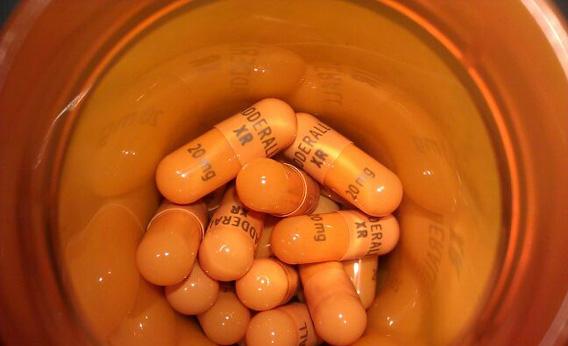Common Stimulants Side Effects

Stimulants affect your body and mind in some ways that you may not be aware of.
Coffee, nicotine, diet pills, cocaine and amphetamines represent just a few of the different types of stimulants on the market. While the different types do vary in strength and overall effect, stimulants side effects remain pretty much the same across the board.
Common stimulants side effects result from an “over-stimulated” central nervous system. Stimulant side effects can impair a person’s psychological functions as well as physical or chemical processes in the body. With the more potent drugs varieties, stimulant side effects tend to increase in intensity and severity.
Stimulants
Increased energy levels and feelings of euphoria account for why so many people use stimulants on a regular basis. Stimulants directly affect the central nervous system by speeding up chemical processes throughout the body.
Stimulant effects on the body include:
- Higher dopamine levels in the brain
- Higher norepinephine levels in the brain
- Enlarged respiratory pathways
- Faster heart rate
- High blood pressure levels
- Smaller blood vessel passages
These effects can serve medicinal purposes when stimulants are taken in prescribed doses. Conditions involving narcolepsy, fatigue and attention-deficit disorders can all benefit from prescription stimulant medications.
When abused, stimulants can wreak havoc on brain and body functions. The recreational use of cocaine, amphetamines and prescription stimulant drugs can easily lead to addiction over time. Stimulant effects on brain chemical levels in particular pose the greatest risk of abuse and addiction. Over time, the brain and body develop a tolerance, which cause cravings and an ongoing need for larger and larger doses.
As tolerance levels rise, so does the body’s dependence on stimulant effects. Once dependency sets in the brain and body are unable to function normally without the drug’s effects. At this point, stimulant side effects can have dangerous and even fatal consequences.
Psychological Stimulant Side Effects
According to the National Institute on Drug Abuse, the ongoing use of stimulant drugs eventually throws a person’s brain chemical levels out of balance. When this happens, stimulant side effects start to affect a person’s temperament and overall behavior. Impaired thinking processes start to affect his or her judgment and decision-making abilities. With long-term use, actual psychological conditions, such as depression and anxiety disorders can also develop.
The continuous secreting of dopamine and norepinephrine chemicals also tends to leave a person feeling “burnt out” over time. When this happens, irritability, aggressive behaviors and mood swings appear on a regular basis. After a while, a person may start to develop delusional ideas of self-importance and/or experience hallucinations.
Physical Stimulant Side Effects
Increasing tolerance levels and ongoing cravings account for many of the physical stimulant side effects a person experiences. As a person ingests larger and larger doses, the body’s increasing need for more can easily drive a person to engage in “binging” behaviors.
Binging entails ingesting massive doses of stimulants to satisfy the body’s cravings. Should a person ingest more than the body can handle the risk of overdose can quickly send a person into cardiac arrest or stroke. Binging practices place incredible strain on the body and inevitably cause widespread deterioration of brain and body structures.



